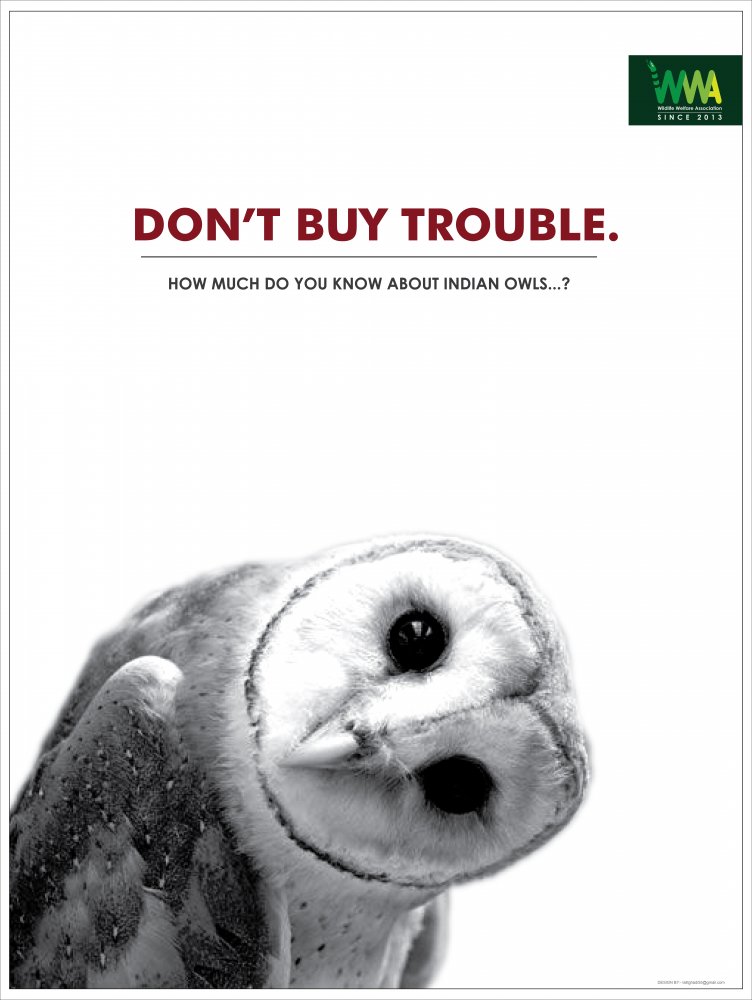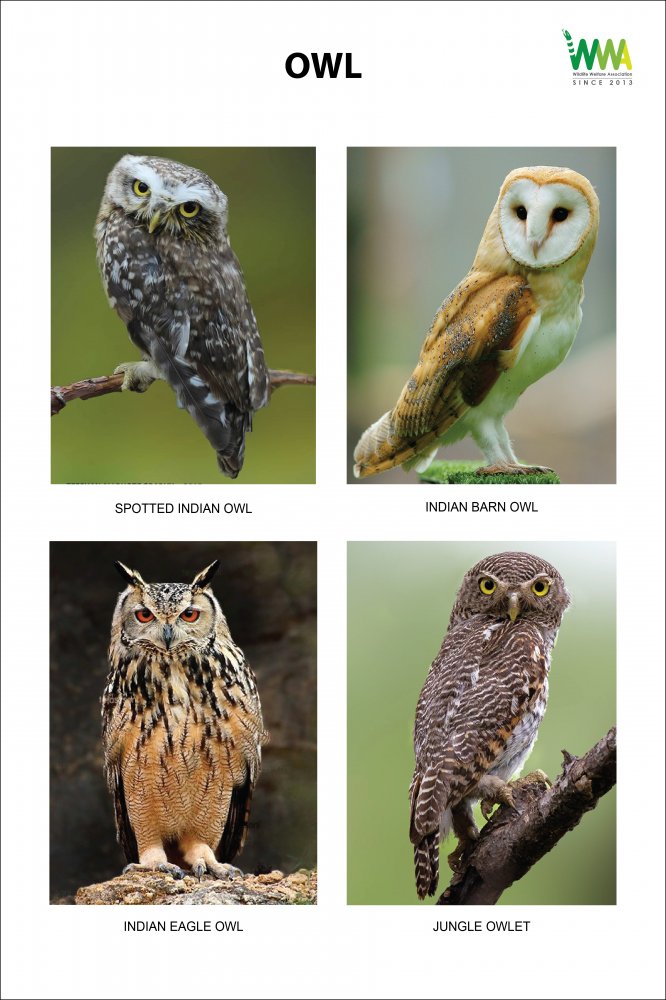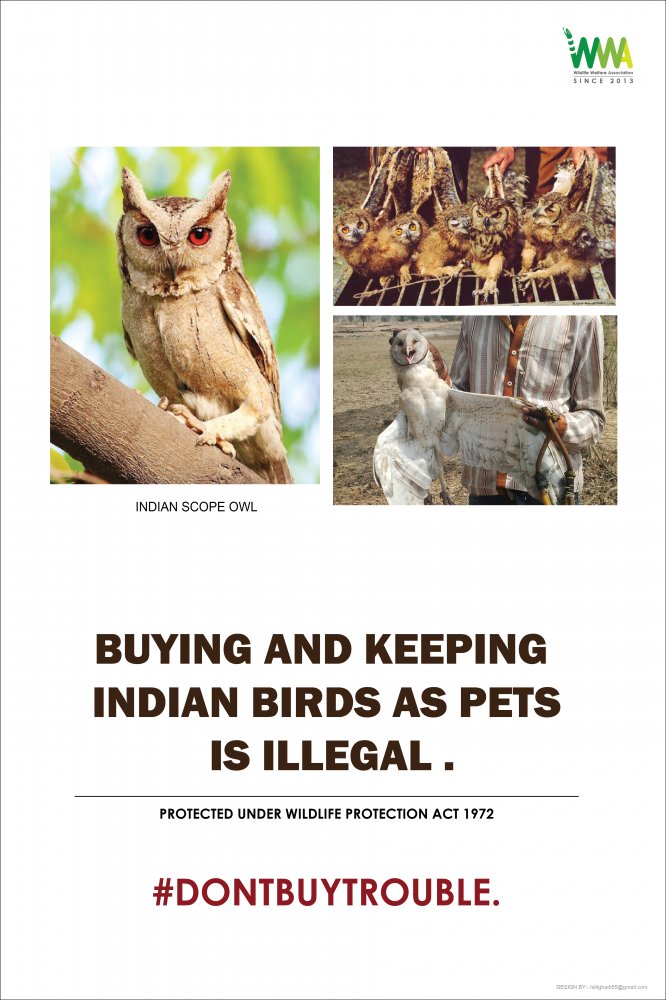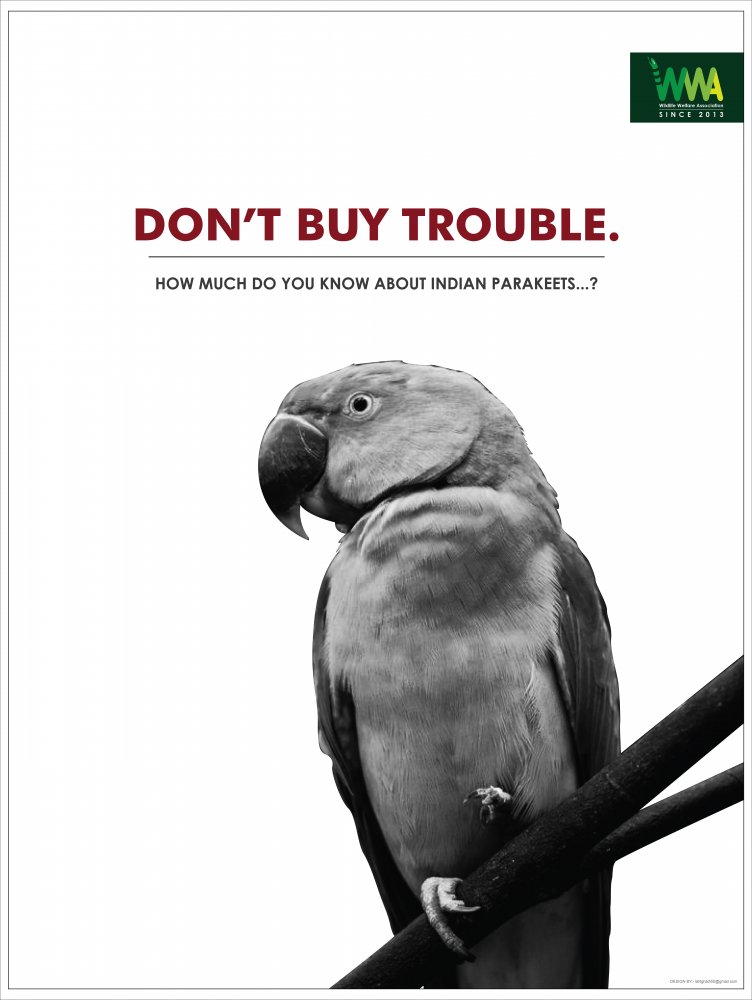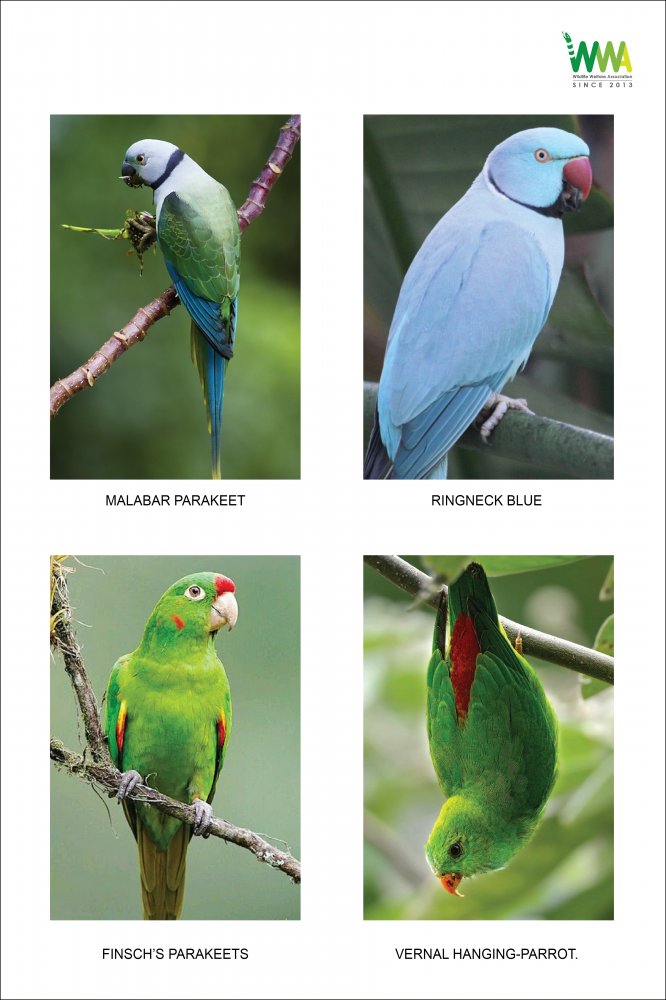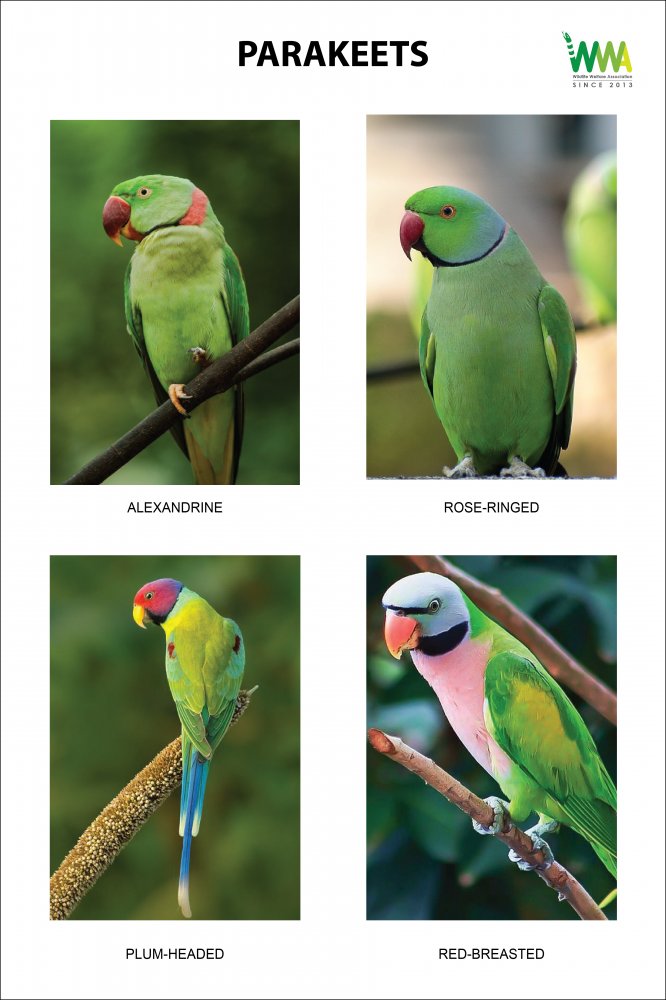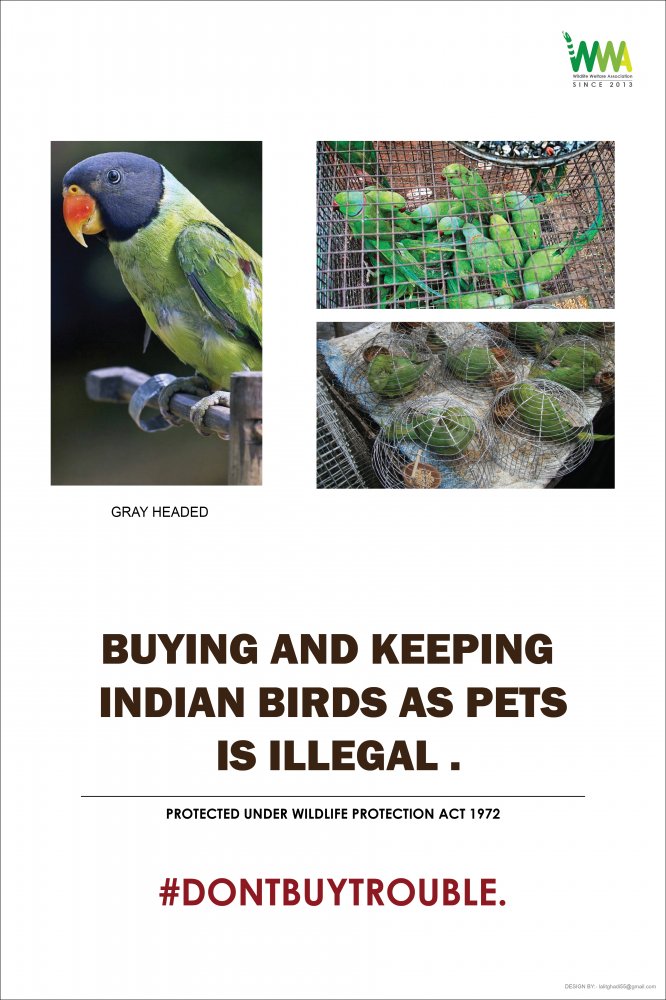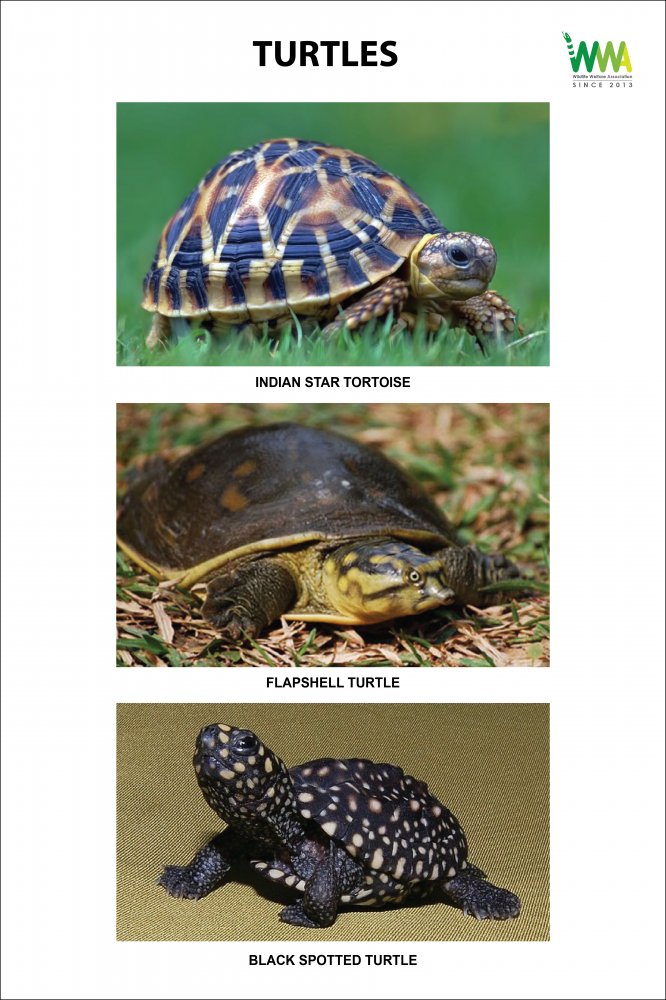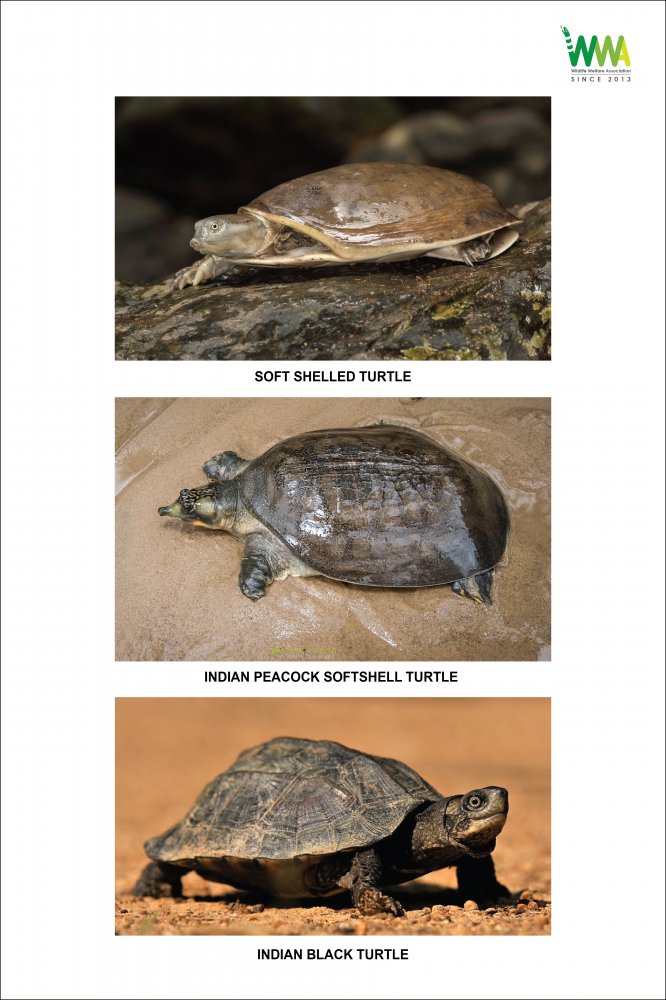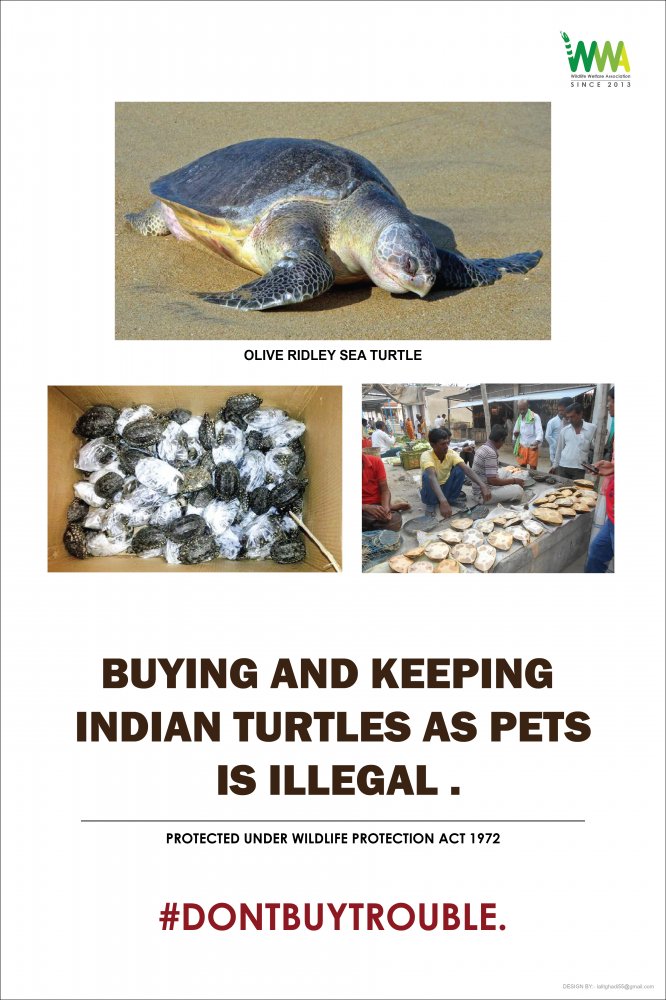Owls are mostly nocturnal birds of prey that feed mainly on small mammals. The Indian subcontinent is home to 35 species of owls, of which 32 are found in India.
THREAT: The main driver of the illegal owl trade in India is the use of owls in black magic and sorcery linked with superstition, totems and taboos. Shaman or black magic practitioners, frequently referred to as tantriks, prescribe the use of owl parts such as the skull, feathers, ear tuffs, claws, heart, liver, kidney, blood, eyes, fat, beak, tears, eggshells, meat and bones for ceremonial pujas and rituals, often aimed at creating overnight wealth. Besides black magic, owls are also used for street performances, zoos, and folk medicines. Although, in Andhara Pradesh and Telangana, owl meat is eaten by certain communities.
